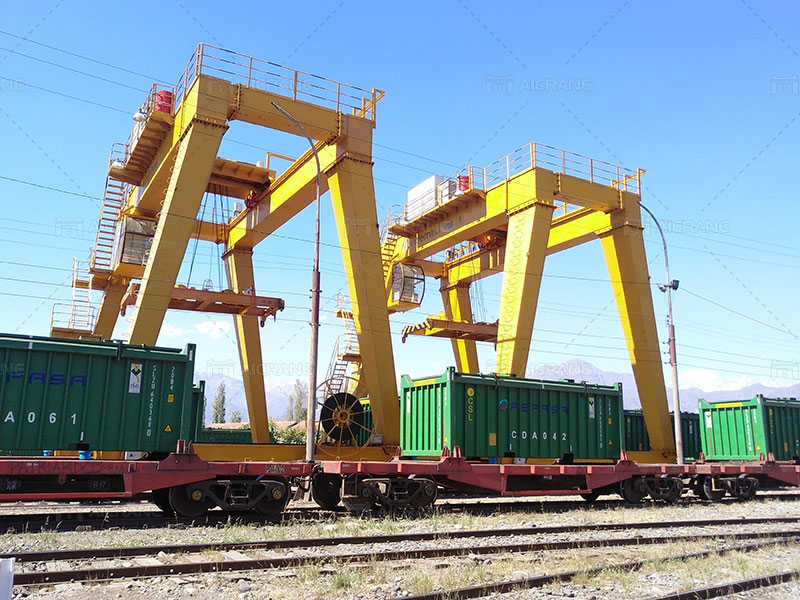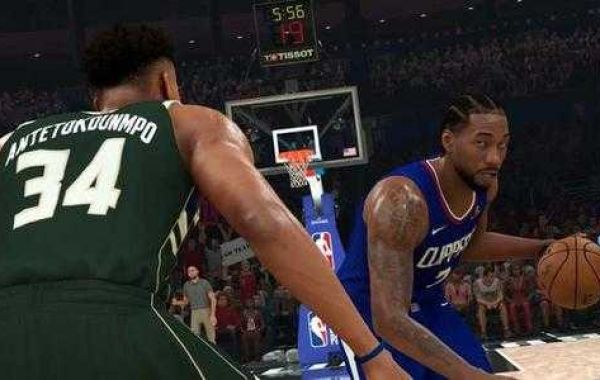Gantry cranes play a crucial role in container handling operations across ports, rail terminals, and storage yards. Their ability to lift and move heavy containers efficiently makes them indispensable in logistics and shipping industries. However, selecting the right gantry crane for container handling requires careful consideration of various features that can enhance productivity, safety, and reliability. In this article, we will discuss the top features to look for when choosing a gantry crane for container handling.
1. Load Capacity and Lifting Height
One of the most important features to consider is the load capacity of the gantry crane. Container gantry cranes are designed to lift containers of varying weights, ranging from 20-foot containers (TEUs) to 40-foot containers (FEUs) and even larger. The crane must have the capacity to handle the maximum weight of the containers that will be lifted, which is typically around 20 to 40 tons for standard containers. Additionally, the lifting height is a critical factor, especially in ports where containers are stacked high. Ensuring the crane's lifting height matches your operational needs is essential for efficient stacking and retrieval of containers.

2. Span and Outreach
The span and outreach of a gantry crane determine its ability to cover a wide area and reach across multiple rows of containers. The span is the distance between the two rails on which the crane moves, while the outreach refers to how far the crane can extend beyond its supporting rails. For container handling, a wider span allows the crane to straddle more container stacks, and a longer outreach enables it to load and unload containers from ships or trucks positioned farther away from the crane. Selecting a crane with the right span and outreach will maximize operational efficiency and reduce the need for repositioning.
3. Trolley Speed and Travel Speed
Trolley speed and travel speed are crucial performance indicators that affect the overall efficiency of a gantry crane. The trolley speed refers to how quickly the crane's lifting mechanism moves along the bridge, while the travel speed indicates how fast the entire crane moves along its rails. Faster speeds can significantly increase the throughput of container handling operations by reducing the time required for each lift and movement. However, it's important to balance speed with safety and precision, especially in busy container yards where multiple cranes and vehicles operate simultaneously.
4. Anti-Sway Mechanism
Container handling involves precise placement of containers, especially when stacking them at heights. An anti-sway mechanism is a crucial feature that helps stabilize the load and minimizes swaying during lifting, lowering, and moving. This feature not only improves the accuracy of container placement but also enhances safety by reducing the risk of accidents caused by swaying loads. Aicrane gantry cranes are equipped with advanced anti-sway systems that use sensors and control algorithms to detect and counteract swaying, ensuring smooth and controlled movements.
5. Automation and Remote Control Options
The integration of automation and remote control options in gantry cranes has revolutionized container handling operations. Automated gantry cranes can perform repetitive tasks with high precision and minimal human intervention, reducing labor costs and increasing productivity. Remote control systems enable operators to control the crane from a safe distance, improving safety and reducing fatigue. Some advanced systems even offer semi-automated or fully automated operation modes, allowing for seamless integration with terminal operating systems (TOS) and other logistics management software.
6. Energy Efficiency
Energy consumption is a significant concern for ports and terminals aiming to reduce operating costs and environmental impact. Energy-efficient gantry cranes are designed with features such as regenerative braking systems, energy recovery technologies, and variable frequency drives (VFDs) that optimize energy usage. Regenerative braking allows the crane to convert kinetic energy generated during braking into electrical energy, which can be stored or fed back into the grid. VFDs adjust the speed of the crane's motors according to the load, reducing energy waste and enhancing overall efficiency.
7. Safety Features
Safety is paramount in any container handling operation. Gantry cranes should be equipped with a range of safety features to protect both personnel and equipment. Some essential safety features include overload protection, emergency stop systems, collision avoidance systems, and load monitoring devices. Overload protection prevents the crane from lifting loads beyond its rated capacity, reducing the risk of mechanical failure. Collision avoidance systems use sensors and cameras to detect obstacles in the crane's path, automatically stopping or slowing down the crane to prevent accidents.
8. Durability and Weather Resistance
Gantry cranes for container handling are exposed to harsh environmental conditions, including heavy rain, strong winds, saltwater, and extreme temperatures. Therefore, durability and weather resistance are critical features to look for. Cranes should be constructed with high-quality materials, such as corrosion-resistant steel and coatings, to withstand these conditions. Additionally, features like wind sensors and storm brakes can provide extra stability and safety during adverse weather conditions, ensuring continuous and reliable operations.
9. Ease of Maintenance
Regular maintenance is essential to keep gantry cranes in optimal working condition and extend their lifespan. Choosing a crane with easy access to critical components, such as motors, brakes, and control systems, can simplify maintenance tasks and reduce downtime. Features like self-diagnostic systems, modular components, and centralized lubrication systems can also facilitate maintenance and help identify potential issues before they escalate into major problems.
10. Customization Options
Every container handling operation has unique requirements based on factors such as the type of containers handled, the layout of the terminal, and specific operational workflows. Therefore, customization options are an important consideration when selecting a gantry crane. Leading manufacturers offer tailored solutions that cater to specific needs, such as customized spans, lifting capacities, and control systems. By opting for a customized crane, operators can ensure the equipment is perfectly aligned with their operational goals.
11. Cost of Ownership
While the initial purchase price of a gantry crane is an important consideration, the total cost of ownership (TCO) is a more comprehensive metric that includes maintenance, energy consumption, spare parts, and potential downtime costs. Investing in a high-quality, reliable gantry crane with low operating and maintenance costs can lead to significant long-term savings. When evaluating different options, it's important to consider the TCO to make an informed decision that balances initial investment with ongoing operational expenses.
12. Support and After-Sales Service
Finally, reliable support and after-sales service are crucial factors to consider when purchasing a gantry crane for container handling. A reputable supplier should provide comprehensive support services, including installation, commissioning, training, spare parts availability, and technical assistance. A strong after-sales service network can minimize downtime, ensure smooth operations, and help operators get the most out of their investment.
Conclusion
Selecting the right gantry crane for container handling requires a careful evaluation of various features that impact efficiency, safety, durability, and cost-effectiveness. By considering factors such as load capacity, span, trolley speed, safety features, energy efficiency, and customization options, operators can choose a gantry crane that meets their specific operational requirements and maximizes productivity. With the right equipment in place, container handling operations can achieve higher throughput, lower operating costs, and improved safety standards.








